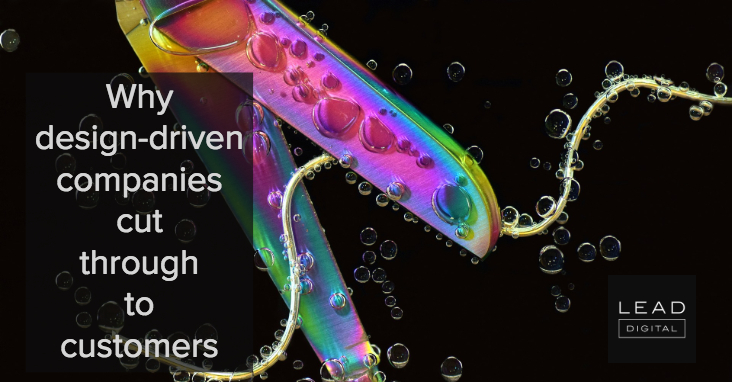
Twenty years ago Joseph Pine and James Gilmore welcomed us all to the “Experience Economy” in the Harvard Business Review (HBR).
They claimed that ‘services’ alone were not enough to satisfy experience-hungry consumers, and that “staging experiences” would generate more value. Although the examples they used were more physical experiences (aka Niketown) than digital experiences, they had rightly identified a pivotal moment in history.
One month after the HBR article was published, Larry Page and Sergey Brin set up Google. One year later, Steve Jobs returned to Apple as CEO. Fast forward through the digital revolution to 2018, and the concept of experience – and indeed of the economy – is inextricably linked with technology. Now when we talk about experience we can’t help but talk about tech stacks, data integration, omni-channel and mobile. Viewed from the top down, the experience economy is pretty bewildering.
Despite their increasing age, even Pine and Gilmore offer us a way out of this most modern situation. They had put forward five “design principles” to help navigate the new landscape. The principles themselves have dated somewhat but the idea that design can solve big problems and unlock opportunities is resurgent.
Inspired by the success of Apple, and by the design-driven approach to CX taken by many others – from Audi and Capital One to Airbnb and Monzo – more and more companies are turning to design as a means of delivering awesome CX. And it is working.
According to the Design Management Institute, design-driven companies outperformed the S&P 500 by 219% between 2005 and 2015. In the Digital Trends report, design-driven companies were 69% more likely than their peers to have surpassed their business goals last year. In a separate Forrester paper entitled ‘Design-Led Firms Win The Business Advantage’ 41% of the same reported greater market share and 85% listed design as a critical component of their brand. – Read



